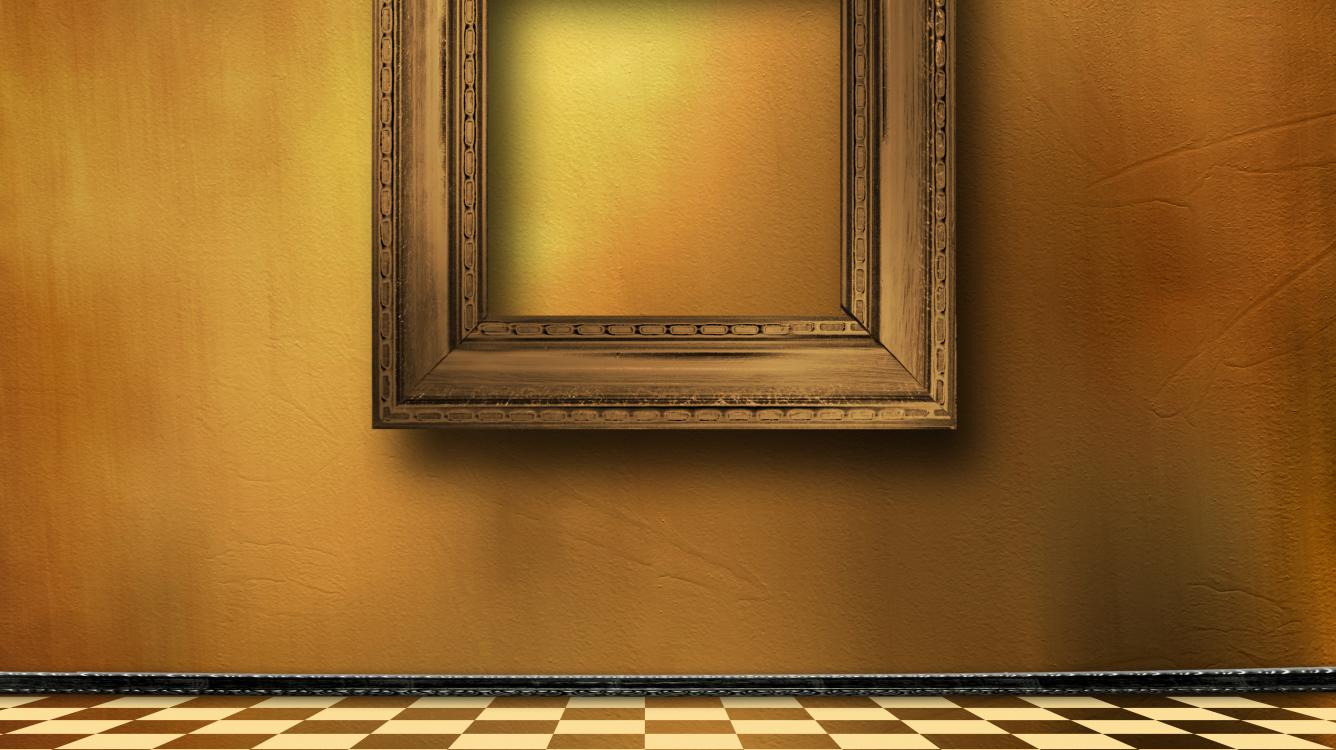
Mastering Squares, Part 2
In part one, I discussed a game that I feel is extremely instructive. There were opening nuances, tactics, and the usual highs and lows. But the main thing that fueled the game’s soul was the existence of two potentially weak squares on e5 and f4.
Though neither side paid much attention to it, the truth of the matter is that whomeve took control of those squares was going to win the game.
So, it’s time to once again mention the “s-word” (strategy), and take another look at the incredible importance of square domination.
Anyone and everyone can see a fork or most basic tactical patterns, but few ever win games by sheer strategic know-how.
Yes, tactics are always on the table, just as positional patterns are also ever-present. But, while the “tactics, tactics, tactics” lie leaves many amateurs without true chess skills, the mix of tactics and strategy will turn you into a real chess player.
Interestingly, I looked at six games played by Chris Keefe (he hovers around the 1900 level) during our last lesson, and four of the six games were deeply affected by weak squares.
The first game appeared in part one, while the second game will appear here. A serious study of these games should be extremely useful for players in the 1200 to 2200 levels.
This position is obviously good for White, who enjoys an extra pawn and a mass of central foot soldiers who long to march down the board. We’ll look at two possible structures (a third is 21.f4 which has its own pros and cons after 21...c6, but two will suffice.).
One occurred in the actual game, but the first one, with White playing the incredibly ugly 21.e4, didn’t.
If you can’t see why 21.e4 is ugly, then you need to devote yourself to pawn structures for quite a while. As you study that subject, look at the position every day until, finally, you look at it and gag.
Few realize that the gag reflex is important for chess improvement since your body often understands the game better than your brain. Sadly, the gag reflex can only take us so far, and though 21.e4 is super-ugly, it’s also very interesting and instructive.

Normally I would not consider a move like 21.e4 since it leaves massive dark-square holes (d4, e5, and f4) in White’s position, but White has ways to prevent that from being too painful. Indeed, chess has depths within depths, and one can always discover new wonders if you retain an open, inquisitive mind.
Black has several possible ways to put up resistance, but I’ll only address two of them: 21...c5 and 21...f5.
In the actual game, White played the very natural (no gagging here!) 21.d4
White has a powerful center and an extra pawn. Things look grim, but just because there are no weak squares to chew on (like our previous position after 21.e4) doesn’t mean you should tip over your king and rush home to watch your favorite reality show. No, no! Don’t give up! Fight!
And here we come to the point of this example. You can’t play chess hoping that enemy weaknesses appear as if they are manna from heaven. You need to create them!
In this case, White’s center is killing Black, so Black needs to (somehow) create weaknesses in that center and, hope against hope, turn White’s positive (the center) into a negative. Black’s position might die a horrible death, but it will die with a song on its lips and pride in its eyes.
Puzzle 1:
Back to our game!
Back to the game, which is now marred by that curse of all chess curses, serious time pressure.
Puzzle 3:
LESSONS FROM THIS GAME:
-
Using weak squares is chess 101.
-
There is more than one way to fight a huge pawn center, but a typical strategy is to force the enemy pawns to advance in a manner that turns a mighty center into a field of holes.
-
No weaknesses in the enemy camp? Then hunker down and create them!
-
Lots of players give up when things aren’t going their way, or they put up nothing more than symbolic resistance. Others make an obvious threat, cross their fingers, and hope the opponent falls for it. That is not resistance! True resistance is to continue creating positive things in your position and challenge your opponent to keep up with you. In many cases, you’ll discover that they will crack.
-
As Tim Allen said in the extremely fun movie Galaxy Quest, “Never retreat, never surrender!” Those are words that every chess player should live by!
RELATED STUDY MATERIAL
- Read IM Silman's previous article: Mastering Squares, Part 1.
- Watch IM Rusa Goletiani's video: Stop Your Opponent's Best Moves!
- Take a lesson on endgame mistakes in the Chess Mentor.
- Solve some puzzles in the Tactics Trainer.
- Looking for articles with deeper analysis? Try our magazine: The Master's Bulletin.






